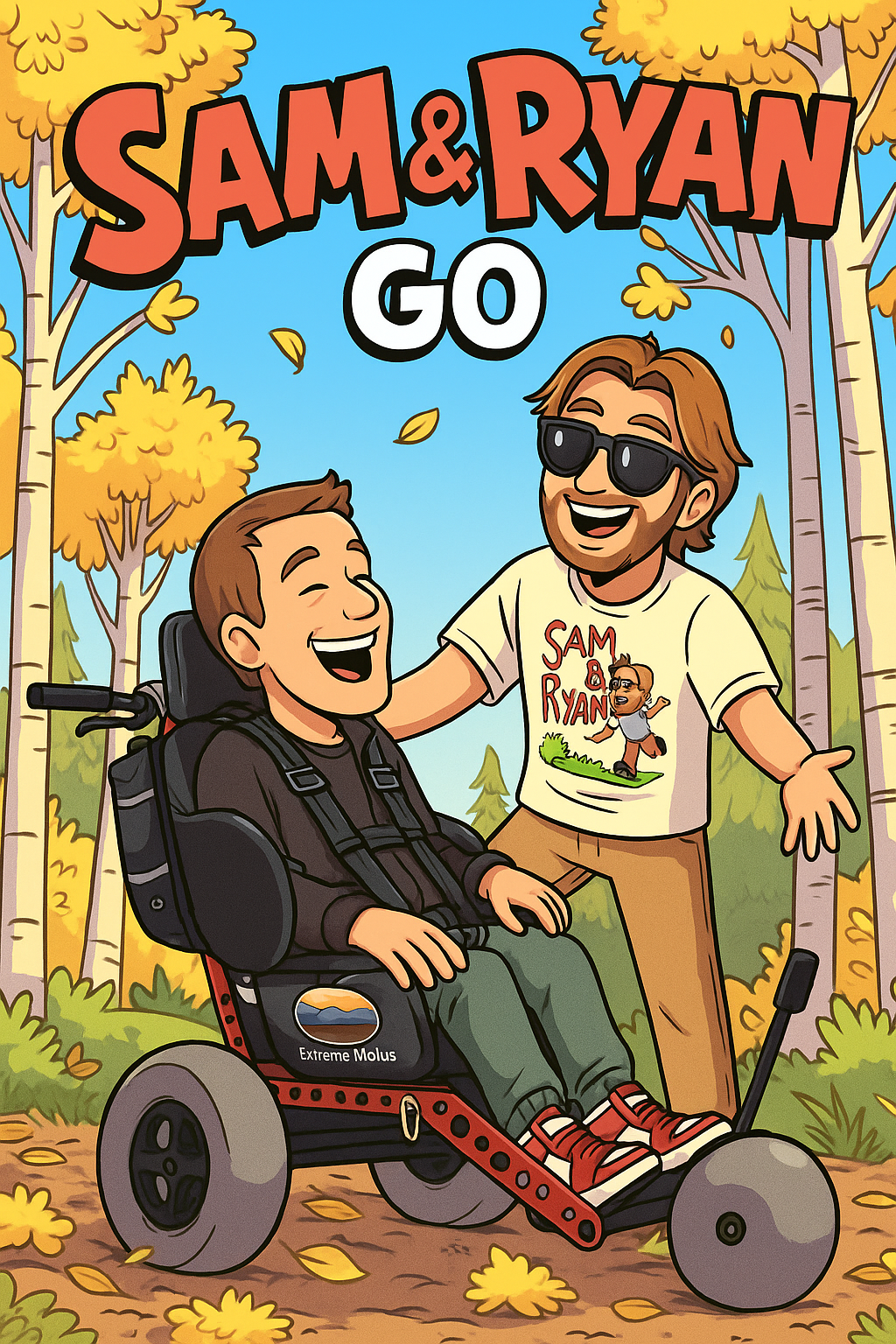Wheelchair Use: 60 Life-Changing Disabilities Explained
Which Disabilities Require The Use of A Wheelchair?
Disabilities come in many forms, affecting individuals’ lives in unique and profound ways. From neurological conditions that impair communication between the brain and body to musculoskeletal disorders that challenge physical mobility, each disability presents its own set of difficulties and resilience.
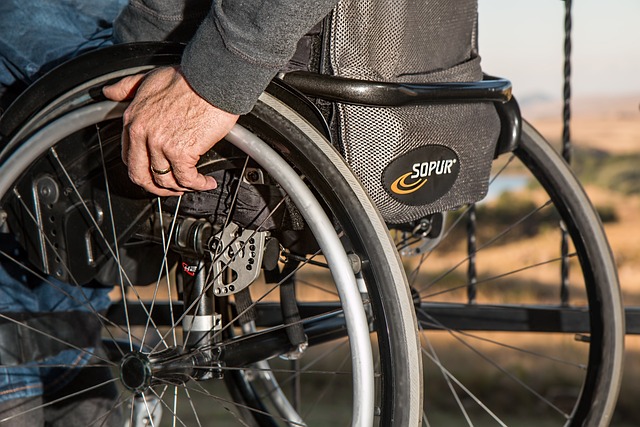
Whether rooted in genetics, chronic illness, trauma, or infectious diseases, these conditions can range from temporary challenges to lifelong journeys. Understanding the spectrum of disabilities—spanning neurological, musculoskeletal, congenital, chronic, and injury-related conditions—is essential for fostering empathy, creating inclusive environments, and supporting those affected.
This article explores a comprehensive range of disabilities, offering insights into their causes, symptoms, and impacts on daily life while highlighting the importance of awareness and adaptability in addressing these challenges.
What is a Wheelchair?
A wheelchair is a vital mobility aid that provides independence, accessibility, and enhanced quality of life for individuals with disabilities. Here’s how it helps:
- Mobility Support:
- Allows individuals who have difficulty walking or cannot walk at all to move independently or with assistance.
- Restores access to various environments, including homes, schools, workplaces, and public spaces.
- Improved Accessibility:
- Facilitates access to places that might otherwise be challenging to navigate, especially when combined with ramps, elevators, and other accessibility features.
- Enables participation in social, educational, and recreational activities.
- Physical Support:
- Provides stability and posture support, reducing strain on muscles and joints.
- Minimizes the risk of falls and injuries for individuals with balance or strength issues.
- Promotes Independence:
- Encourages self-reliance by enabling individuals to control their movement (in the case of manual or powered wheelchairs).
- Reduces dependence on caregivers for mobility-related tasks.
- Customizable Options:
- Wheelchairs can be tailored to specific needs, such as all-terrain models for outdoor adventures or lightweight designs for easier handling.
- Enhances Psychological Well-Being:
- Offers a sense of freedom and dignity by allowing individuals to engage in everyday activities.
- Reduces feelings of isolation by enabling participation in community life.
- Therapeutic Benefits:
- Some specialized wheelchairs are designed to prevent pressure sores, promote proper alignment, or assist with rehabilitation.
By bridging the gap between disability and mobility, wheelchairs empower individuals to lead more active, inclusive, and fulfilling lives.
Neurological Conditions
Neurological conditions are disorders that affect the nervous system, which includes the brain, spinal cord, and nerves throughout the body. These conditions can interfere with how the brain communicates with the rest of the body, leading to a wide range of symptoms, including difficulties with movement, coordination, sensation, speech, or cognition.
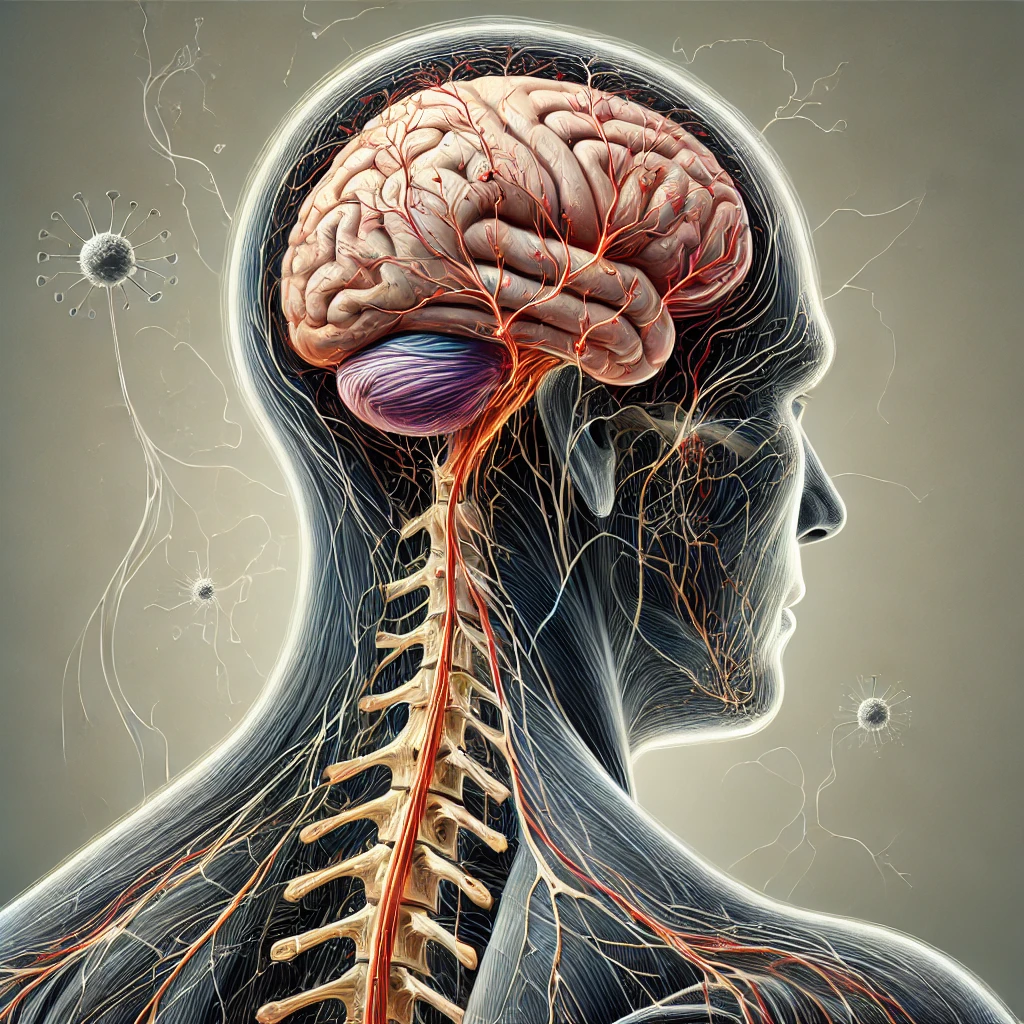
Key Features of Neurological Conditions:
- Causes: They may arise from genetic factors, injury, infections, autoimmune reactions, or degeneration of neurons over time.
- Symptoms: Symptoms vary depending on the condition but can include muscle weakness, paralysis, tremors, seizures, pain, memory issues, or impaired motor skills.
- Progression: Some neurological conditions are progressive (worsen over time), while others can be managed or treated effectively.
- Impact: These disorders can significantly affect the quality of life, depending on the severity and the specific parts of the nervous system involved.
Examples of Neurological Conditions:
- Spinal Cord Injury (Paraplegia, Quadriplegia): Damage to the spinal cord causing partial or complete paralysis of the lower (paraplegia) or all four limbs (quadriplegia).
- Multiple Sclerosis (MS): An autoimmune disease where the immune system attacks the nervous system, causing muscle weakness, fatigue, and impaired mobility.
- Cerebral Palsy: A group of disorders affecting muscle tone and coordination, often caused by brain damage before or during birth.
- Parkinson’s Disease: A progressive neurological disorder marked by tremors, stiffness, and movement difficulties.
- Stroke (Cerebrovascular Accident): Damage to the brain from interrupted blood flow, leading to varying levels of paralysis or mobility issues.
- ALS (Amyotrophic Lateral Sclerosis): A progressive neurodegenerative disease causing muscle weakness, paralysis, and difficulty speaking or swallowing.
- Guillain-Barré Syndrome: A rare autoimmune disorder causing muscle weakness or paralysis, often starting in the legs.
- Traumatic Brain Injury (TBI): Brain damage from an external force, potentially leading to long-term mobility impairment.
- Spinal Muscular Atrophy (SMA): A genetic condition causing muscle weakness due to loss of motor neurons.
- Huntington’s Disease: A genetic disorder causing progressive degeneration of motor control and cognition.
- Transverse Myelitis: Inflammation of the spinal cord, often leading to weakness or paralysis.
- Myasthenia Gravis: A chronic autoimmune disease causing muscle weakness, especially in the face and neck.
- Peripheral Neuropathy: Nerve damage leading to weakness, pain, or numbness, often in the hands or feet.
- Chiari Malformation: A structural defect in the skull causing motor function issues and sometimes paralysis.
- Friedreich’s Ataxia: A genetic condition causing progressive loss of coordination and muscle strength.
Musculoskeletal Disorders
Musculoskeletal disorders (MSDs) are conditions that affect the muscles, bones, joints, tendons, ligaments, and connective tissues that support movement and stability in the human body. These disorders can result from injury, disease, genetic factors, or wear and tear over time, and they can lead to pain, stiffness, reduced mobility, or deformity.
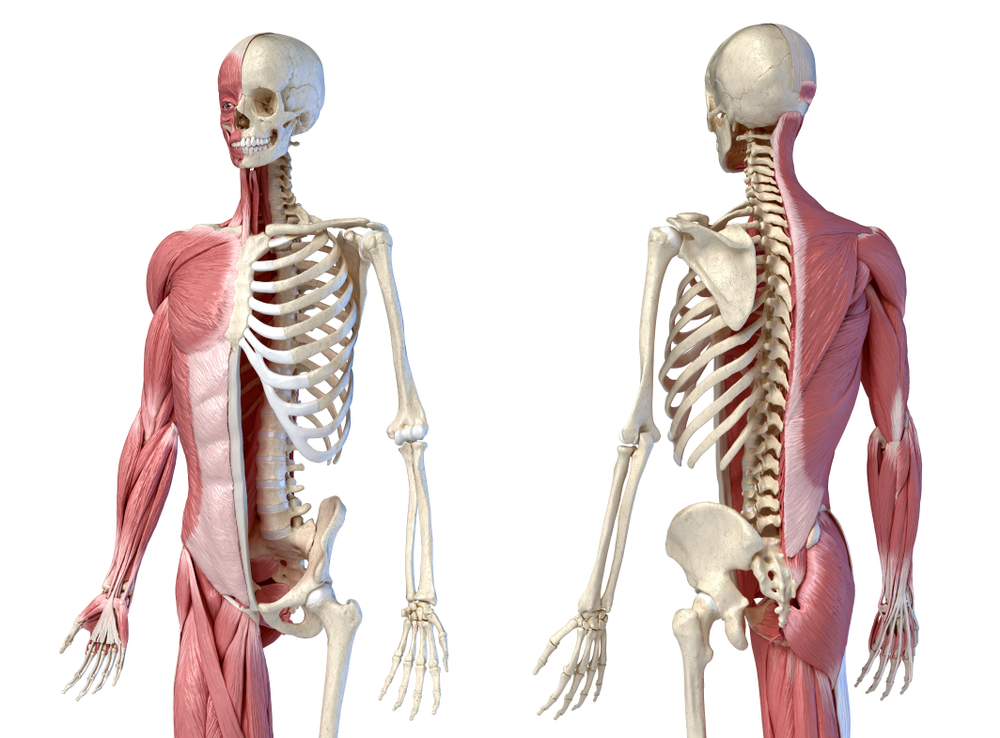
Key Features of Musculoskeletal Disorders:
- Causes: They can be caused by repetitive strain, trauma, aging, autoimmune diseases, genetic conditions, or metabolic disorders.
- Symptoms: Common symptoms include pain, swelling, stiffness, weakness, or limited range of motion in the affected areas.
- Types: MSDs can be acute (e.g., fractures or sprains) or chronic (e.g., arthritis, scoliosis, or muscular dystrophy).
- Impact: These conditions may hinder a person’s ability to perform daily activities, work, or maintain independence.
Examples of musculoskeletal disorders include severe osteoarthritis, muscular dystrophy, rheumatoid arthritis, and Ehlers-Danlos syndrome. Effective management often involves physical therapy, medication, assistive devices, or, in severe cases, surgical intervention.
Examples of Musculoskeletal Disorders:
- Muscular Dystrophy: A group of genetic conditions causing muscle degeneration and weakness.
- Severe Osteoarthritis: Degenerative joint disease causing chronic pain and mobility challenges.
- Rheumatoid Arthritis: An autoimmune disorder causing severe joint pain, swelling, and deformity.
- Ankylosing Spondylitis: A form of arthritis affecting the spine, leading to stiffness and reduced mobility.
- Ehlers-Danlos Syndrome: A connective tissue disorder causing joint instability and severe mobility challenges.
- Osteogenesis Imperfecta: A genetic disorder causing brittle bones that break easily.
- Severe Scoliosis or Kyphosis: Abnormal spinal curvature leading to reduced mobility or pain.
- Paget’s Disease: A bone condition causing deformities, pain, and mobility issues.
- Polymyositis or Dermatomyositis: Inflammatory muscle diseases leading to weakness and joint stiffness.
- Fibrodysplasia Ossificans Progressiva (FOP): A rare disorder where soft tissues turn to bone, severely limiting movement.
Congenital and Genetic Disorders
Congenital and genetic disorders are conditions that are present at birth and often result from genetic abnormalities, environmental factors during pregnancy, or a combination of both. These disorders can affect various aspects of health, including physical structure, organ function, or development, and their impact may range from mild to severe.
Key Features of Congenital and Genetic Disorders:
- Congenital Disorders:
- These are conditions that develop during fetal development and are present at birth.
- They can result from environmental factors (e.g., infections during pregnancy, exposure to harmful substances), genetic mutations, or unknown causes.
- Examples include spina bifida and congenital hip dysplasia.
- Genetic Disorders:
- These result from mutations or abnormalities in an individual’s DNA, which may be inherited or occur spontaneously.
- They can affect one or multiple systems in the body and may be progressive.
- Examples include Down syndrome, Charcot-Marie-Tooth disease, and Friedreich’s ataxia.
Symptoms and Impact:
- These disorders may involve structural abnormalities (e.g., joint deformities), developmental delays, or chronic health issues that impact mobility, cognition, or overall quality of life.
- Some conditions, like Ehlers-Danlos syndrome, affect connective tissues, while others, such as Larsen syndrome, involve joint dislocations.
Management:
While congenital and genetic disorders often have no cure, treatment focuses on symptom management, physical therapy, surgical interventions, and supportive care to improve quality of life and independence. Early diagnosis and interventions are crucial for optimizing outcomes.
Examples of Congenital and Genetic Disorders
- Spina Bifida: A birth defect where the spinal cord doesn’t fully develop, often causing mobility issues.
- Down Syndrome: A genetic condition, sometimes associated with severe mobility or developmental challenges.
- Charcot-Marie-Tooth Disease: A hereditary neurological disorder causing muscle weakness and sensory loss.
- Dystonia: A movement disorder causing involuntary muscle contractions and postures.
- Arthrogryposis: A condition causing joint contractures and limited movement from birth.
- Larsen Syndrome: A rare disorder leading to joint dislocations and mobility challenges.
- Congenital Hip Dysplasia: A condition where the hip joint is improperly formed, leading to pain and difficulty walking.
- Tetra-amelia syndrome: A rare genetic disorder that causes the complete absence of all four limbs and can also affect internal organ development.
- Sacral Agenesis: Sacral agenesis is a rare congenital condition where the lower spine (sacrum) fails to develop properly, affecting mobility, organ function, and overall posture.
- Neurofibromatosis: A genetic condition where tumors impair nerve function and mobility.
Chronic Illnesses
Chronic illnesses are long-term medical conditions that persist for an extended period, typically longer than six months, and often require ongoing medical attention or management. These conditions can significantly impact a person’s daily life, physical functioning, and overall well-being, and they may have periods of remission and exacerbation.
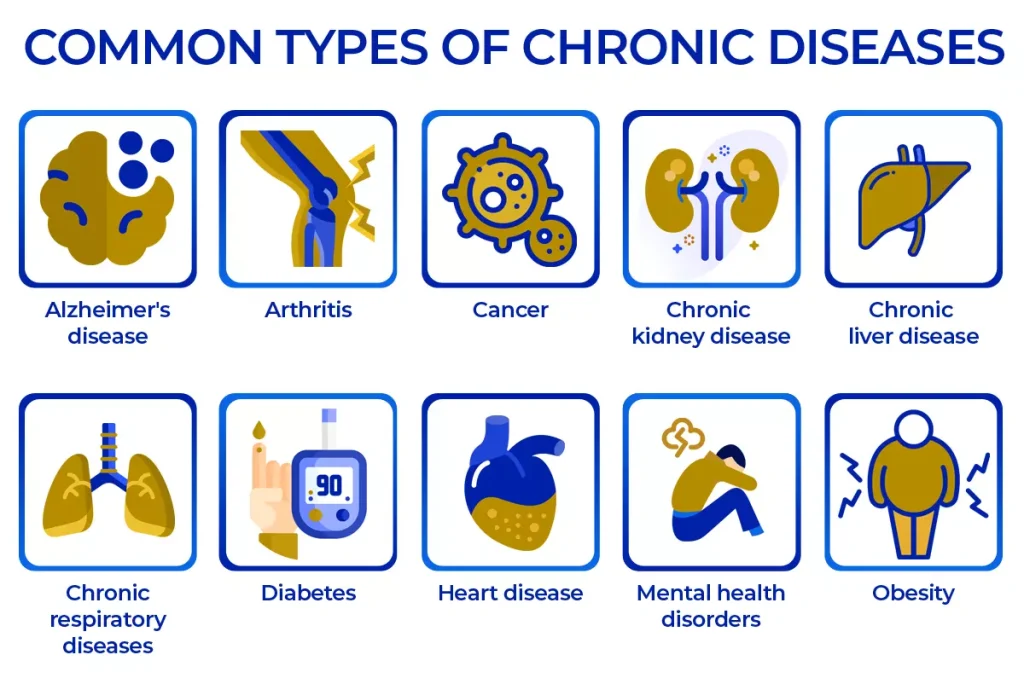
Key Features of Chronic Illnesses:
- Duration: Unlike acute conditions, chronic illnesses are persistent and usually cannot be fully cured, though they can often be managed.
- Causes: These may arise from genetic predisposition, lifestyle factors, environmental exposures, infections, or autoimmune reactions.
- Impact: Chronic illnesses can affect one or multiple body systems, leading to physical, emotional, or social challenges.
Common Symptoms:
- Fatigue, pain, or weakness
- Difficulty performing everyday tasks
- Reduced mobility or stamina
- Psychological effects like anxiety or depression due to long-term management
Management:
Chronic illnesses often require a multidisciplinary approach, including medication, lifestyle modifications, physical therapy, and psychological support. The goal of treatment is to manage symptoms, prevent complications, and improve quality of life.
Examples of Chronic Illnesses
- Chronic Fatigue Syndrome (CFS/ME): A long-term illness causing extreme fatigue and limited mobility.
- Chronic Obstructive Pulmonary Disease (COPD): A respiratory condition causing severe breathlessness and reduced physical capability.
- Pulmonary Hypertension: High blood pressure in the lungs causing fatigue and mobility challenges.
- Lupus: An autoimmune disease that can cause severe joint or muscle issues.
- Severe Diabetes Complications: Advanced cases may lead to amputations or nerve damage impacting mobility.
- Advanced Cardiomyopathy: Heart muscle disease causing fatigue and reduced stamina.
- End-stage Renal Disease: Kidney failure is sometimes associated with mobility impairments.
Infectious Diseases
Infectious diseases are illnesses caused by pathogenic microorganisms such as bacteria, viruses, fungi, or parasites. These diseases can be spread directly or indirectly from person to person, through contact with contaminated surfaces, or via vectors like insects. Some infectious diseases may cause temporary illness, while others can lead to long-term health complications or disabilities.
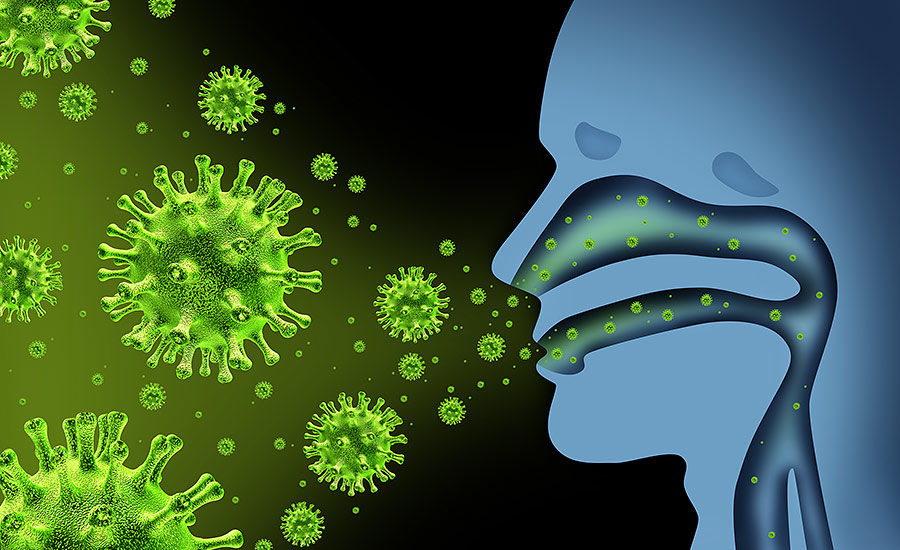
Key Features of Infectious Diseases:
- Causes:
- Bacteria: Tuberculosis (TB), leprosy.
- Viruses: Polio, HIV/AIDS.
- Fungi: Certain skin or respiratory infections.
- Parasites: Diseases like malaria or Lyme disease caused by ticks.
- Modes of Transmission:
- Direct contact (e.g., touching, coughing, or sneezing).
- Indirect contact (e.g., contaminated surfaces or food).
- Vector-borne (e.g., insects or animals).
Symptoms:
Symptoms vary depending on the disease but can include:
- Fever, fatigue, or malaise.
- Muscle or joint pain.
- Neurological symptoms such as weakness or paralysis.
- Respiratory issues or skin lesions.
Management and Prevention:
- Vaccination (e.g., polio, TB prevention).
- Antibiotics, antivirals, or antifungal medications.
- Hygiene practices and public health measures.
- Supportive care for long-term complications, such as rehabilitation for nerve damage or mobility impairments.
Early detection and treatment are essential to prevent complications and the spread of infectious diseases.
Examples of Infectious diseases:
- Polio: A viral infection that can cause paralysis and long-term mobility issues.
- Tuberculosis (Pott’s Disease): TB infection of the spine, leading to deformities and mobility loss.
- Lyme Disease: A bacterial infection sometimes causes severe neurological and mobility issues.
- HIV/AIDS: Advanced cases can lead to neuropathy and muscle weakness.
- Leprosy: A bacterial infection causing nerve damage and physical disability.
Injuries and Trauma
Injuries and trauma refer to physical harm or damage to the body caused by external forces, such as accidents, falls, violence, or other events. These can range from minor wounds to severe, life-altering conditions that impact mobility, organ function, or overall quality of life. Trauma can also encompass psychological effects that arise from the experience of the injury.
Key Features of Injuries and Trauma:
- Causes:
- Accidental: Falls, vehicle accidents, sports injuries.
- Intentional: Violence, war-related injuries.
- Environmental: Crush injuries, burns, or natural disasters.
- Types:
- Acute: Sudden injuries that require immediate attention, like fractures or burns.
- Chronic: Long-term complications or disabilities resulting from an injury, such as paralysis or joint deformities.
- Key Difference:
- Injuries focus on physical damage to the body.
- Trauma encompasses both the physical harm and the emotional or psychological effects of the event.
Symptoms and Impact:
- Symptoms depend on the injury’s severity and location, ranging from pain, swelling, and limited movement to loss of function or sensation.
- Severe trauma can result in:
- Mobility impairments: Paralysis or amputations.
- Structural damage: Fractures, spinal injuries, or disfigurement.
- Neurological effects: Memory loss, motor skill impairment, or brain damage.
Examples of Injuries and Trauma
- Bilateral or Severe Lower-Limb Amputations: Loss of one or both legs, requiring mobility aids.
- Severe Fractures: Breaks in bones leading to temporary or permanent mobility challenges.
- Severe Burns: Extensive burns causing contractures that limit joint movement.
- Crush Injuries: Damage to bones or soft tissue, often affecting the spine or pelvis.
- War-Related Injuries: Injuries like shrapnel wounds resulting in paralysis or loss of function.
- Falls Leading to Long-Term Mobility Loss: Severe trauma from falls causing lasting impairments.
Miscellaneous
The Miscellaneous category encompasses a diverse range of disabilities that do not neatly fit into other classifications yet significantly impact mobility, daily functioning, or overall quality of life. These conditions often involve complex interactions between physical, neurological, or systemic factors, making them unique in their presentation and challenges. From severe morbid obesity affecting mobility to cancers that impair the nervous system or bone structure, this category highlights conditions that defy simple categorization.
While some are temporary, such as post-surgical recovery, others like Complex Regional Pain Syndrome (CRPS) or advanced endometriosis can lead to long-term or permanent disability. This section aims to shed light on these varied conditions, their effects, and the importance of tailored support and care for those affected.
- Severe Morbid Obesity: Excess weight severely impacts mobility and joint health.
- Cancer: Advanced cases (e.g., spinal or brain tumors) can impair mobility.
- Complex Regional Pain Syndrome (CRPS): Chronic pain condition causing severe movement restrictions.
- Advanced Endometriosis: In rare cases, severe pelvic pain can restrict movement.
- Post-Surgical Recovery: Temporary or permanent impairments from surgical complications.
- Bone Infections (Osteomyelitis): Infections causing structural damage and pain.
- Severe Deformities (e.g., Untreated Rickets): Skeletal deformities causing mobility issues.
- Sepsis with Long-Term Complications: Severe infections leading to amputations or disability.
- Severe Herniated Disc: Damage to spinal discs causing nerve pain and mobility issues.
Conclusion
Spending time outdoors is essential for physical and mental well-being, offering countless benefits such as improved mood, reduced stress, increased physical activity, and a stronger connection to nature. For individuals with disabilities, however, accessing outdoor spaces can sometimes be challenging due to uneven terrain or lack of accessibility.
The Extreme Motus all-terrain wheelchair is a game-changer in this regard, enabling people with mobility impairments to explore the great outdoors alongside their families and loved ones. Its robust design and adaptability make it possible to traverse rugged trails, sandy beaches, and other natural landscapes that might otherwise be inaccessible.
When one person is excluded from an activity their entire family is excluded. Having the right piece of mobility equipment will allow people with mobility challenges and their families to make memories and enjoy the outdoors together.
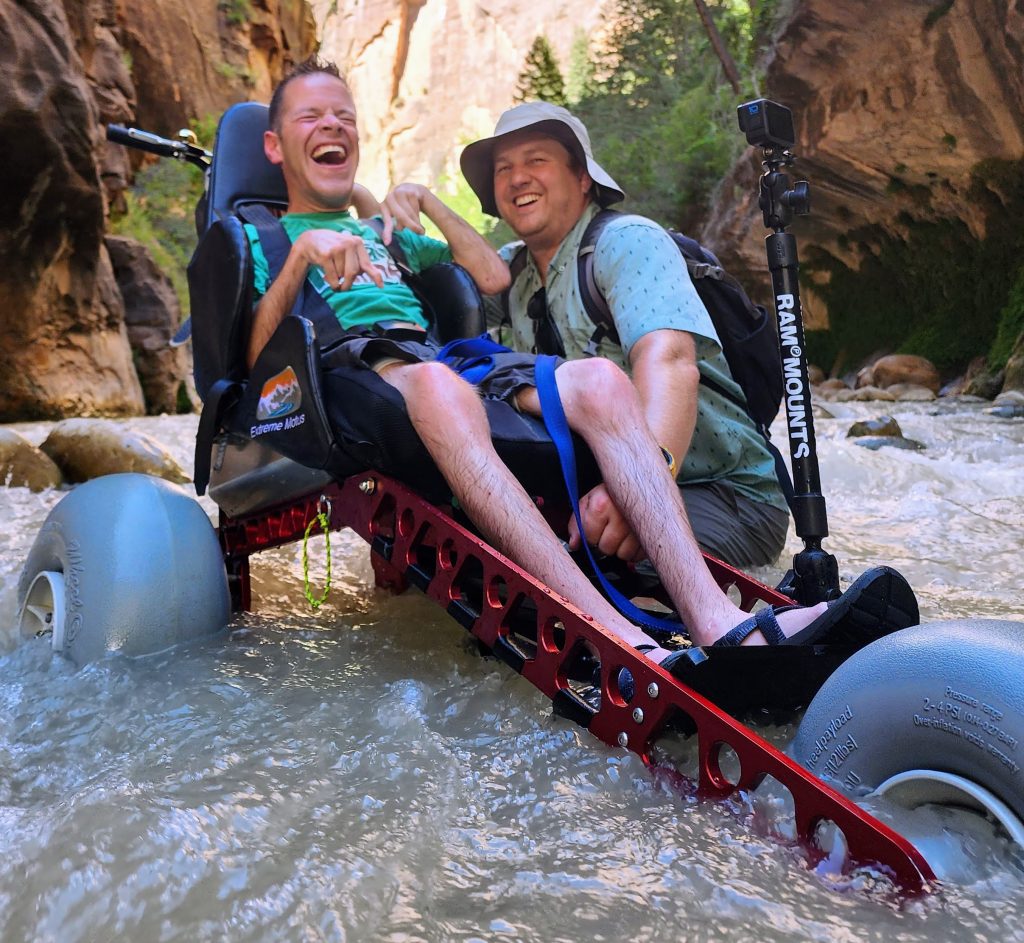
By empowering individuals and families to enjoy nature together, tools like the Extreme Motus wheelchair not only promote inclusivity but also enrich lives with shared experiences in the beauty of the outdoors.
Investing in accessible outdoor solutions ensures that everyone, regardless of ability, can enjoy the transformative power of nature.
Every year, more families discover the freedom these chairs create—this Black Friday, demand is already building fast. By joining the early-access list, you secure your chance to order before the sale goes public on November 28, 2025.
Since 2019, Sam and Ryan have been demonstrating that nature is wheelchair accessible with the Extreme Motus All Terrain Wheelchair. From National Parks to Skateparks, their adventures prove that a manual off-road wheelchair can offer laughter and joy while navigating diverse terrains.
Join us as we continue to share these inspiring journeys.
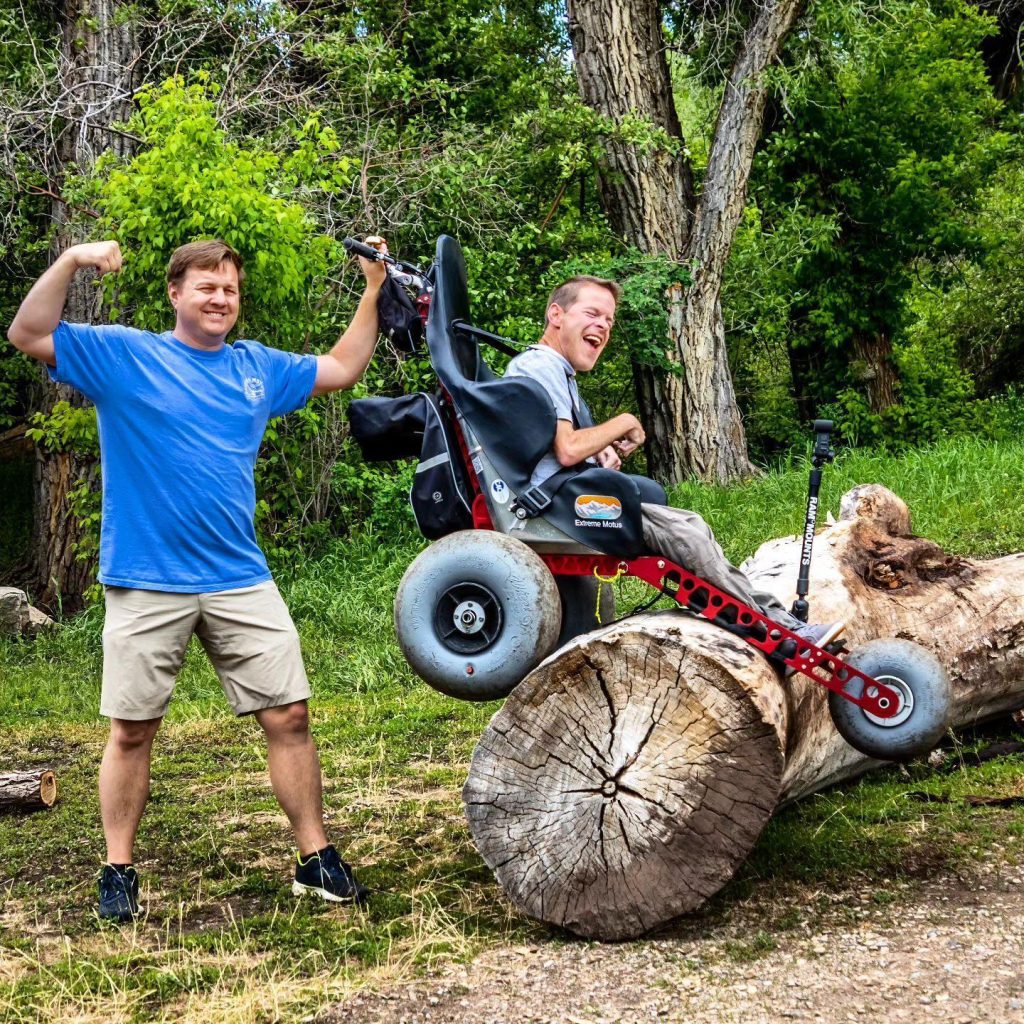
Light, comfortable, and compact, the Extreme Motus glides over sand, rocks, grass, gravel, and even floats in water.
It’s more than a outdoor wheelchair; it’s your ticket to freedom. Embrace the outdoors with confidence, knowing our off-road wheelchair is engineered for durability and ease of use.
Be the first to hear about new gear, upcoming adventures, and exclusive offers. As a welcome gift, enjoy $10 off your first Motus T-Shirt when you subscribe.
By subscribing you agree to receive marketing communications from Extreme Motus, including product updates, promotions, and special offers. I understand I can unsubscribe at any time.

